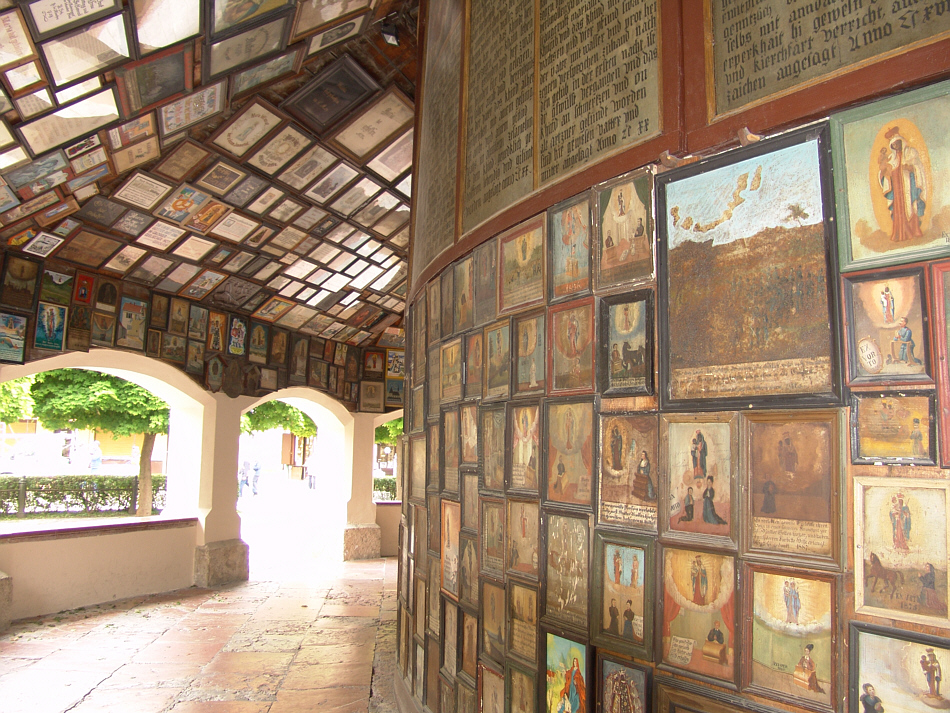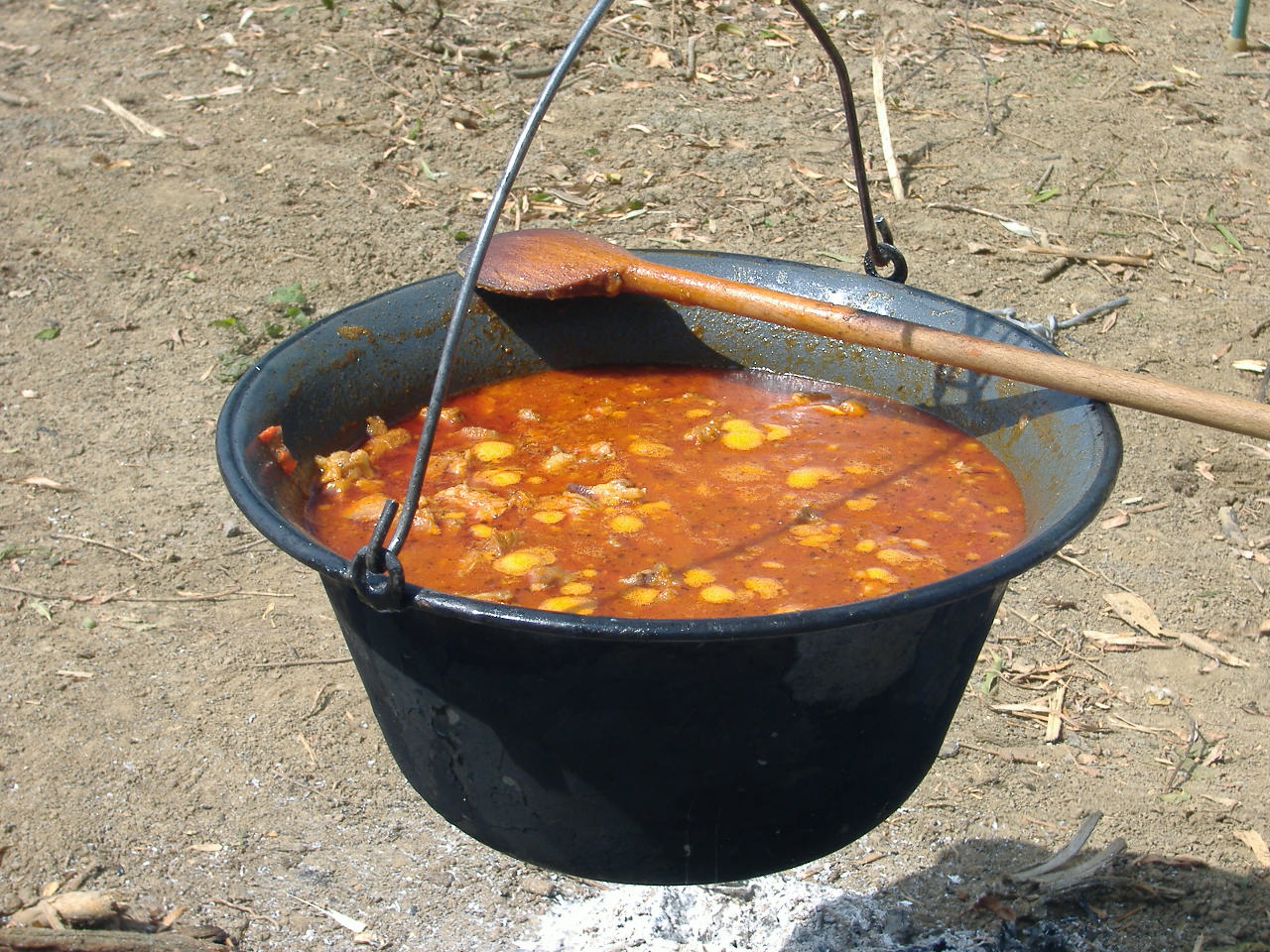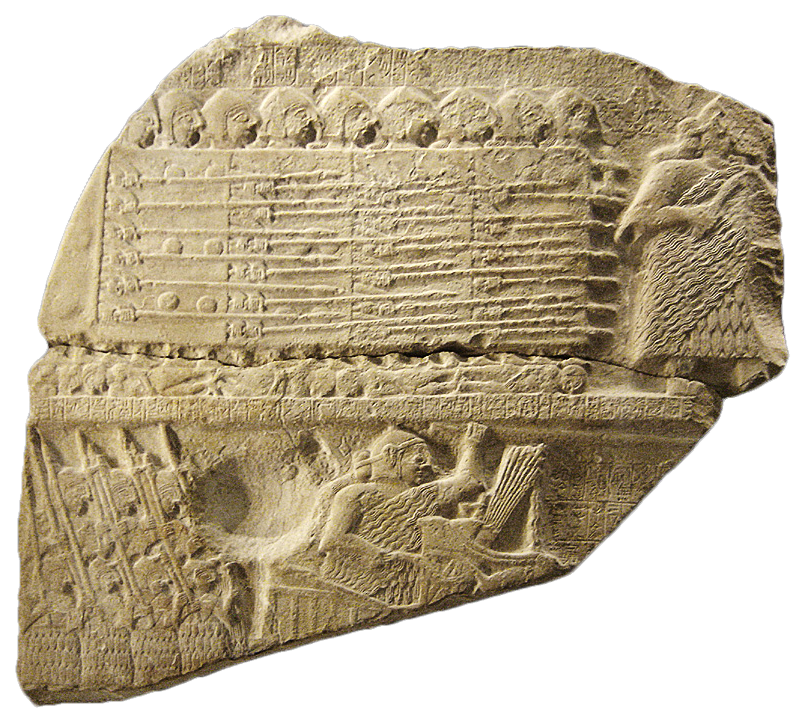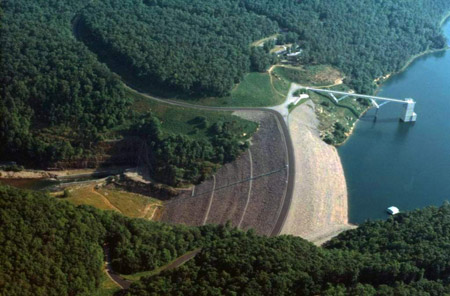|
Llyn Fawr
Llyn Fawr (large lake''' in Welsh) is a reservoir that occupies one of a series glacial cirques that form the northern escarpment of the South Wales Coalfield uplands, overlooking the heads of the Vale of Neath and the Cynon Valley, South Wales. It is known as the site of an important hoard of weapons and tools from the late Bronze Age and early Iron Age. It lies on the northern flanks of Craig-y-Llyn, a mountain that is designated as a Site of Special Scientific Interest. The western cirque contains Llyn Fach (small lake'''). While in government terms, it falls in the unitary authority of Rhondda Cynon Taf, in geographic terms it is actually in the Vale of Neath and its excess waters (all its water before conversion) flow into Nant Gwrelych, which flows into the River Neath at Pont Walby near Glynneath. Less than 1 km to the southeast and south lie the headwaters of the Rhondda Fawr and Rhondda Fach rivers, while 1.5 km to the southwest lie the headwaters of Rive ... [...More Info...] [...Related Items...] OR: [Wikipedia] [Google] [Baidu] |
Rhigos
Rhigos () is a village and community in Rhondda Cynon Taf, Wales. The village is located on the saddle of higher ground between the Vale of Neath and the Cynon Valley. It was part of Neath Rural District, in the county of Glamorgan, until 1974. The village then came under the jurisdiction of Cynon Valley Borough, which subsequently became Rhondda Cynon Taf in 1996. It lies just off the Aberdare road that was the main link between Aberdare and Glynneath, before the A465 road was extended in the 1960s. The hamlets of Cefn Rhigos and Cwm-Hwnt lie to the west of the main village. The population of the community in the 2011 census was 894. The postal the town is Aberdare, although it is some from Aberdare town centre, and from Glynneath. It was noted as a township in the parish of Ystradyfodwg in several historical references and people moved to this rural area to work in local industries. Today the village is a quiet place to live with views of the Brecon Beacons National Pa ... [...More Info...] [...Related Items...] OR: [Wikipedia] [Google] [Baidu] |
River Rhondda
The River Rhondda () is a river in South Wales with two major tributaries, ''Rhondda Fawr'' (meaning ''big Rhondda'') and ''Rhondda Fach'' (meaning ''little Rhondda''). Description The river has two major Tributary, tributaries, the ''Rhondda Fawr'' and the ''Rhondda Fach'' (respectively, the "big" and the "little" Rhondda). Despite these names, both tributaries are of similar length. Both valleys display the U-shape cross-sections typical of glaciated valleys, having been eroded during successive ice ages. They cut deeply into the thick South Wales Coal measures which comprise sandstones and mudstones and coal seams of Carboniferous age. The whole form of the river and its surrounding urbanisation has been dominated by coal mining and the communities that grew up to exploit the rich coal seams. Much of the valley has suffered severe subsidence because of the removal of coal from beneath the valley floor. The houses and streets have subsided with the result that river levels ... [...More Info...] [...Related Items...] OR: [Wikipedia] [Google] [Baidu] |
Llyn Fawr Phase
The Llyn Fawr Phase is the name given by archaeologists to the final metalworking phase of the Bronze Age in Britain, dating to between c. 800 BC and c. 700BC, when the transition to the Iron Age was underway. It is named after a hoard of metalwork found in Llyn Fawr in Glamorgan between 1911 and 1913. Bronze and iron co-existed although the latter was more limited to cutting implements whilst bronze was used for both weapons ( Sompting axes) and other items such as cauldrons, razors, horse harness mounts and winged chapes. Imports of Gündlingen swords from the Continental Hallstatt culture C phase influenced local styles such as the Thames sword. It is preceded by the Ewart Park Phase The Ewart Park Phase is a period of the later Bronze Age Britain. It is named after a founder's hoard discovered in Ewart Park in Northumberland and is the twelfth in a sequence of industrial stages that cover the period 3000 BC to 600 BC. The .... References *Needham, S., Bronk Ramsey, ... [...More Info...] [...Related Items...] OR: [Wikipedia] [Google] [Baidu] |
Wales
Wales ( ) is a Countries of the United Kingdom, country that is part of the United Kingdom. It is bordered by the Irish Sea to the north and west, England to the England–Wales border, east, the Bristol Channel to the south, and the Celtic Sea to the south-west. , it had a population of 3.2 million. It has a total area of and over of Coastline of Wales, coastline. It is largely mountainous with its higher peaks in the north and central areas, including Snowdon (), its highest summit. The country lies within the Temperate climate, north temperate zone and has a changeable, Oceanic climate, maritime climate. Its capital and largest city is Cardiff. A distinct Culture of Wales, Welsh culture emerged among the Celtic Britons after the End of Roman rule in Britain, Roman withdrawal from Britain in the 5th century, and Wales was briefly united under Gruffudd ap Llywelyn in 1055. After over 200 years of war, the Conquest of Wales by Edward I, conquest of Wales by King Edward I o ... [...More Info...] [...Related Items...] OR: [Wikipedia] [Google] [Baidu] |
Votive
A votive offering or votive deposit is one or more objects displayed or deposited, without the intention of recovery or use, in a sacred place for religious purposes. Such items are a feature of modern and ancient societies and are generally made to gain favor with supernatural forces. While some offerings were apparently made in anticipation of the achievement of a particular wish, in Western cultures from which documentary evidence survives it was more typical to wait until the wish had been fulfilled before making the offering, for which the more specific term ex-voto may be used. Other offerings were very likely regarded just as gifts to the deity, not linked to any particular need. In Buddhism, votive offering such as construction of stupas was a prevalent practice in Ancient India, an example of which can be observed in the ruins of the ancient Vikramshila University and other contemporary structures. Votive offerings have been described in historical Roman era and G ... [...More Info...] [...Related Items...] OR: [Wikipedia] [Google] [Baidu] |
Cauldron
A cauldron (or caldron) is a large cookware and bakeware, pot (kettle) for cooking or boiling over an open fire, with a lid and frequently with an arc-shaped hanger and/or integral handles or feet. There is a rich history of cauldron lore in religion, mythology, and folklore. Etymology The word cauldron is first recorded in Middle English as ''caudroun'' (13th century). It was borrowed from Norman language, Norman ''caudron''T. F. Hoad, ''English Etymology'', Oxford University Press, 1993 (). p. 67. (Picard language, Picard ''caudron'', ). It represents the phonetical evolution of Vulgar Latin ''*caldario'' for Classical Latin ''caldārium'' "hot bath", that derives from ''cal(i)dus'' "hot". The Norman-French word replaces the Old English ''ċetel'' (German ''(Koch)Kessel'' "cauldron", Dutch ''(kook)ketel'' "cauldron"), Middle English ''chetel''. The word "kettle" is a borrowing of the Old Norse variant ''ketill'' "cauldron". History From Latin origin, the term cauldron i ... [...More Info...] [...Related Items...] OR: [Wikipedia] [Google] [Baidu] |
Spear
A spear is a polearm consisting of a shaft, usually of wood, with a pointed head. The head may be simply the sharpened end of the shaft itself, as is the case with Fire hardening, fire hardened spears, or it may be made of a more durable material fastened to the shaft, such as bone, flint, obsidian, copper, bronze, iron, or steel. The most common design for hunting and/or warfare, since modern times has incorporated a metal spearhead shaped like a triangle, lozenge (shape), diamond, or Glossary of leaf morphology, leaf. The heads of fishing spears usually feature multiple sharp Tine (structural), points, with or without barbs. Spears can be divided into two broad categories: those designed for thrusting as a melee weapon (including weapons such as lances and Pike (weapon), pikes) and those designed for throwing as a ranged weapon (usually referred to as javelins). The spear has been used throughout human history as a weapon for hunting and/or fishing and for warfare. Along with ... [...More Info...] [...Related Items...] OR: [Wikipedia] [Google] [Baidu] |
Hallstatt
Hallstatt () is a small town in the district of Gmunden District, Gmunden, in the Austrian state of Upper Austria. Situated between the southwestern shore of Hallstätter See and the steep slopes of the Dachstein massif, the town lies in the Salzkammergut region, on the national road linking Salzburg and Graz. Hallstatt is known for its Salt mining, production of salt, dating back to prehistoric times, and gave its name to the Hallstatt culture, the archaeological culture linked to Proto-Celtic and early Celts, Celtic people of the Iron Age Europe, Early Iron Age in Europe, c. 800–450 BC. Hallstatt is at the core of the Hallstatt-Dachstein/Salzkammergut Cultural Landscape declared as one of the List of World Heritage Sites in Austria, World Heritage Sites in Austria by UNESCO in 1997. It is an area of overtourism. History During the Bronze Age salt production became day-to-day commercial activity in Hallstatt. Salt was produced in large quantities in evidently highly o ... [...More Info...] [...Related Items...] OR: [Wikipedia] [Google] [Baidu] |
Welsh Water
Welsh may refer to: Related to Wales * Welsh, of or about Wales * Welsh language, spoken in Wales * Welsh people, an ethnic group native to Wales Places * Welsh, Arkansas, U.S. * Welsh, Louisiana, U.S. * Welsh, Ohio, U.S. * Welsh Basin, during the Cambrian, Ordovician and Silurian geological periods Other uses * Welsh (surname), including a list of people with the name * Welsh pig, a breed of domestic pig See also * * * Welch (other) * Welsch Welsch may refer to: * Georg Hieronymus Welsch (1624–1677), German physician * Gottfried Welsch (1618–1690), German physician * Heinrich Welsch (1888–1976), Saarlandic politician * Henry Welsch (1921–1996), American football and basebal ..., a surname {{Disambiguation Language and nationality disambiguation pages ... [...More Info...] [...Related Items...] OR: [Wikipedia] [Google] [Baidu] |
Tynewydd, Rhondda Cynon Taf
Tynewydd is a village located in the County Borough of Rhondda Cynon Taf, south Wales. With Treherbert, Blaencwm, Blaenrhondda and Pen-yr-englyn it is part of a Community (Wales), community of Treherbert. The village lies in the former industrial coal mining area at the head of Rhondda Fawr, the larger of the Rhondda Valleys. History It is believed that the village was named after 'Tynewydd' (built 1652) a dartmoor longhouse, longhouse in nearby Blaenrhondda. The area was sparsely populated before the 18th century, but after the successful mining of the South Wales coalfield the area experienced a population boom in the late 19th century. In 1865 Ebenezer Lewis, the owner of the Bwllfa Dare Colliery in Aberdare, purchased the lease of mineral property at Tynewydd on the east side of the River Rhondda. An old level on the hillside was reopened and a shaft was sunk to exploit the lower levels. This mine was named Tynewydd Colliery (not to be confused with Tynewydd Colliery in nearby ... [...More Info...] [...Related Items...] OR: [Wikipedia] [Google] [Baidu] |
Water Treatment Works
Water treatment is any process that improves the quality of water to make it appropriate for a specific end-use. The end use may be drinking, industrial water supply, irrigation, river flow maintenance, water recreation or many other uses, including being safely returned to the environment. Water treatment removes contaminants and undesirable components, or reduces their concentration so that the water becomes fit for its desired end-use. This treatment is crucial to human health and allows humans to benefit from both drinking and irrigation use. Types Drinking water treatment Water contamination is primarily caused by the discharge of untreated wastewater from enterprises. The effluent from various enterprises, which contains varying levels of contaminants, is dumped into rivers or other water resources. The wastewater may have a high proportion of organic and inorganic contaminants at the initial discharge. Industries generate wastewater as a result of fabrication p ... [...More Info...] [...Related Items...] OR: [Wikipedia] [Google] [Baidu] |
Embankment Dam
An embankment dam is a large artificial dam. It is typically created by the placement and compaction of a complex semi-plastic mound of various compositions of soil or rock. It has a semi-pervious waterproof natural covering for its surface and a dense, impervious core. This makes the dam impervious to surface or seepage erosion. Such a dam is composed of fragmented independent material particles. The friction and interaction of particles binds the particles together into a stable mass rather than by the use of a cementing substance. Types Embankment dams come in two types: the earth-filled dam (also called an earthen dam or terrain dam) made of compacted earth, and the rock-filled dam. A cross-section of an embankment dam shows a shape like a bank, or hill. Most have a central section or core composed of an impermeable material to stop water from seeping through the dam. The core can be of clay, concrete, or asphalt concrete. This type of dam is a good choice for site ... [...More Info...] [...Related Items...] OR: [Wikipedia] [Google] [Baidu] |





